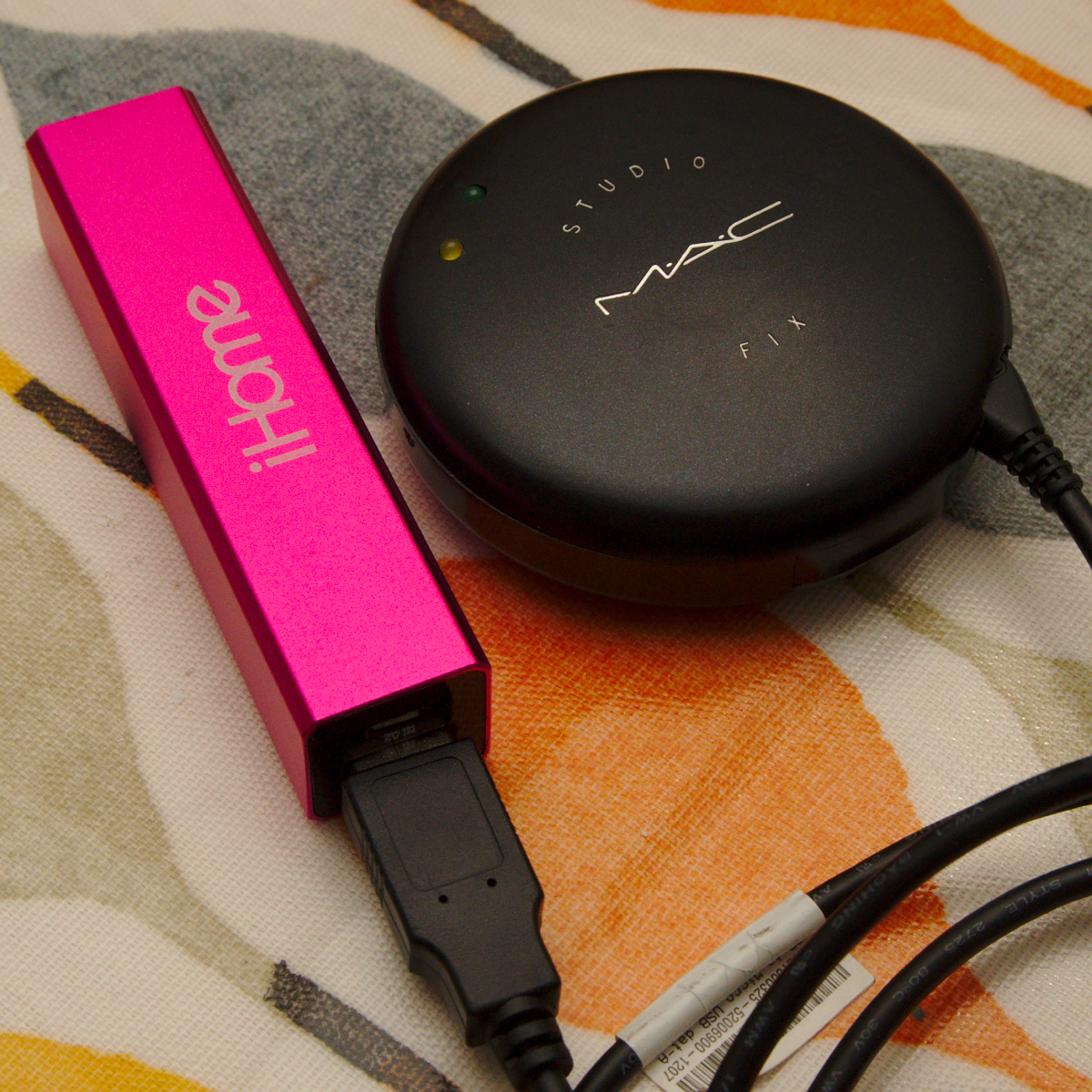Arcturus (α Boo)
Arcturus is a digital pinhole camera built around the combination of a USB HD webcam and a Raspberry Pi Zero, housed in a ladies’ powder compact and powered by a USB lithium-ion power bank.
Motivation
Whether you have a smartphone camera, a digital SLR, an astro imaging camera, or some other kind of digital imaging device, they all ultimately use either CMOS or CCD sensor technology – mostly the latter these days. There are variations in the designs specs of the sensors to suit particular applications, and of course big differences in sensor size, but most of the differences lie in the control software and physical packaging around the sensor. A device may be built with a particular usage scenario in mind, but that does not rule out its use in other scenarios that its designers never anticipated. For example, amateur astrophotographers have long known that many USB webcams have good low-noise / low-light performance that enables them to be successfully applied to the field of planetary imaging by removing their built-in lens and using a telescope as a super-sized replacement. Others have meanwhile turned webcams into microscopes by re-positioning the lens relative to the sensor to enable extreme close up with high magnification. It is already quite common to turn digital SLRs into pinhole cameras by simplying taking a spare body cap, drilling a hole in it and covering it with a piece of foil with a pinhole aperture.
When considering possible designs for a digital pinhole camera, it was clear that a USB webcam would be an ideal building block. There are a number of factors in its favour – they can be obtained exceedingly cheaply from online auction sites, their casing is usually fairly superficial and easily disassembled, they are easily controlled with standard software over a USB connection, the sensor and circuit board holding it are compact in size.
Meanwhile at the tail end of 2015, the Raspberry Pi Foundation surprised the world by unveiling the ultra low cost Raspberry Pi Zero computer. Much of the attention at the time focused on the impressive price point achieved, albeit with the cost of having to remove alot of connectivity options that people had come to assume as standard kit. When comparing the Pi Zero with other low cost computer boards it would often appear to come up short in technical specs at first glance. If you try to run a full OS on a Pi Zero and use it as you would a “regular” computer, it’ll be a disappointing experience, but this is to largely miss the point of this device. In their drive to cut costs, the Pi Zero’s designers have delivered another equally important benefit – namely a tiny physical form. In eschewing the GPIO header, ethernet ports, full size USB / display ports, etc they have produced a board that’s barely 5mm in height, with a 30mm x 65 mm area. The C.H.I.P. may have better technical specs for just a few $ more, but its physical dimensions cannot match the Pi Zero. In many embedded scenarios, the technical specs of the Pi Zero are more than enough to cope, particularly if the OS is cut down to just the minimum required functionality instead of trying to run a default generic OS install.
Thus the Raspberry Pi Zero is the natural choice to control the USB webcam in the digital pinhole camera. All it needs run is a single application process to connect to the webcam, capture still images, and save them to disk – everything else in the OS is superfluous. The small size of the Pi Zero will match up nicely with the small size of a USB webcam stripped of its case, enabling the pinhole camera to fit into a very small form factor case of some description. By chance a used ladies’ powder compact at hand turned out to be just large enough to squeeze in both the webcam and Pi Zero boards, with a fraction of a mm to spare.
